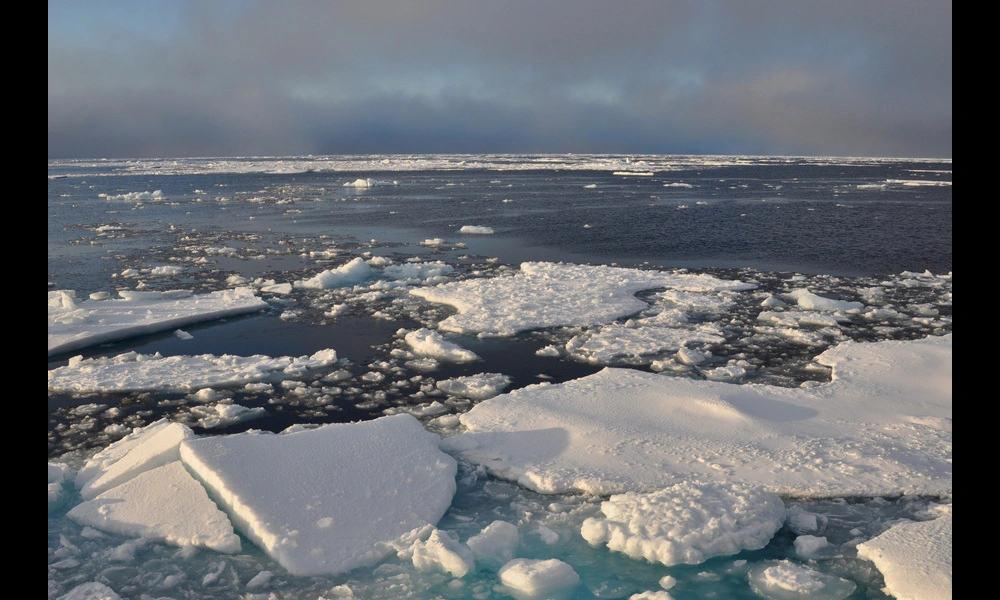Forecasting Arctic Sea Ice With Deep Learning
Published on Wed Nov 08 2023 Clouds Clearing | Oregon State University on Flickr
Clouds Clearing | Oregon State University on Flickr
A new research paper has proposed a novel deep learning network that can accurately predict sea ice concentration (SIC) and sea ice drift (SID) in the Arctic Ocean. Forecasting SIC and SID is crucial for understanding the changes in the Arctic environment due to warming climate. Traditional physical models used for sea ice prediction require complex parameterization and high computational costs. However, this new deep learning network, called the hierarchical information-sharing U-net (HIS-Unet), can replace these physical models and provide improved predictions.
The HIS-Unet architecture allows the SIC and SID layers to share information and assist each other's prediction through weighting attention modules (WAMs). The network outperformed other statistical approaches, sea ice physical models, and neural networks that do not have information-sharing units. The improvement was particularly significant in regions where sea ice conditions change seasonally, indicating that the information sharing through WAMs allows the model to learn sudden changes in SIC and SID.
The researchers also found that SIC information plays a more critical role in SID prediction than SID information in SIC prediction. Additionally, information sharing was more active in sea ice edges (seasonal sea ice) than in the central Arctic (multi-year sea ice). The accuracy of the HIS-Unet model was assessed for different subregions in the Arctic Ocean, and it demonstrated reliable performance across these regions.
This research presents a significant advancement in predicting sea ice concentration and drift, which are crucial for understanding the changing Arctic environment. By using deep learning techniques and allowing for information-sharing between SIC and SID layers, the HIS-Unet model offers improved accuracy and potential for future predictions. The findings of this study have important implications for climate scientists, policymakers, and researchers studying the impacts of climate change on the Arctic region.



